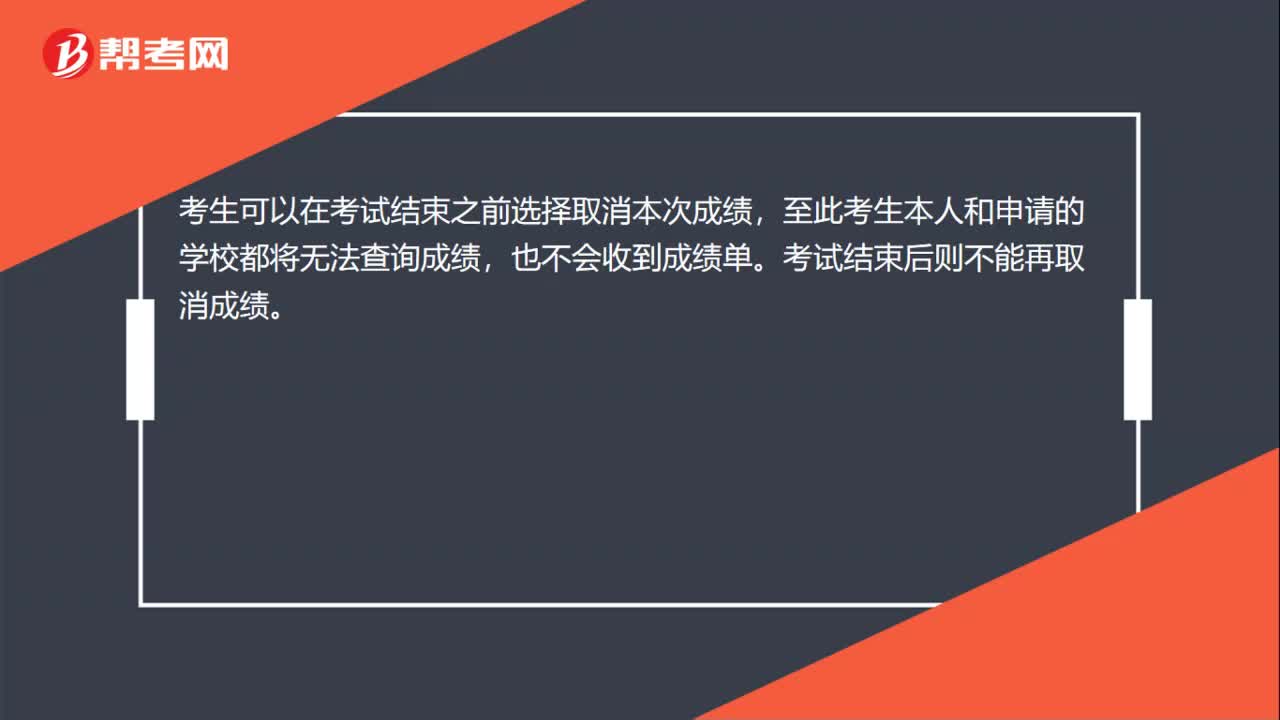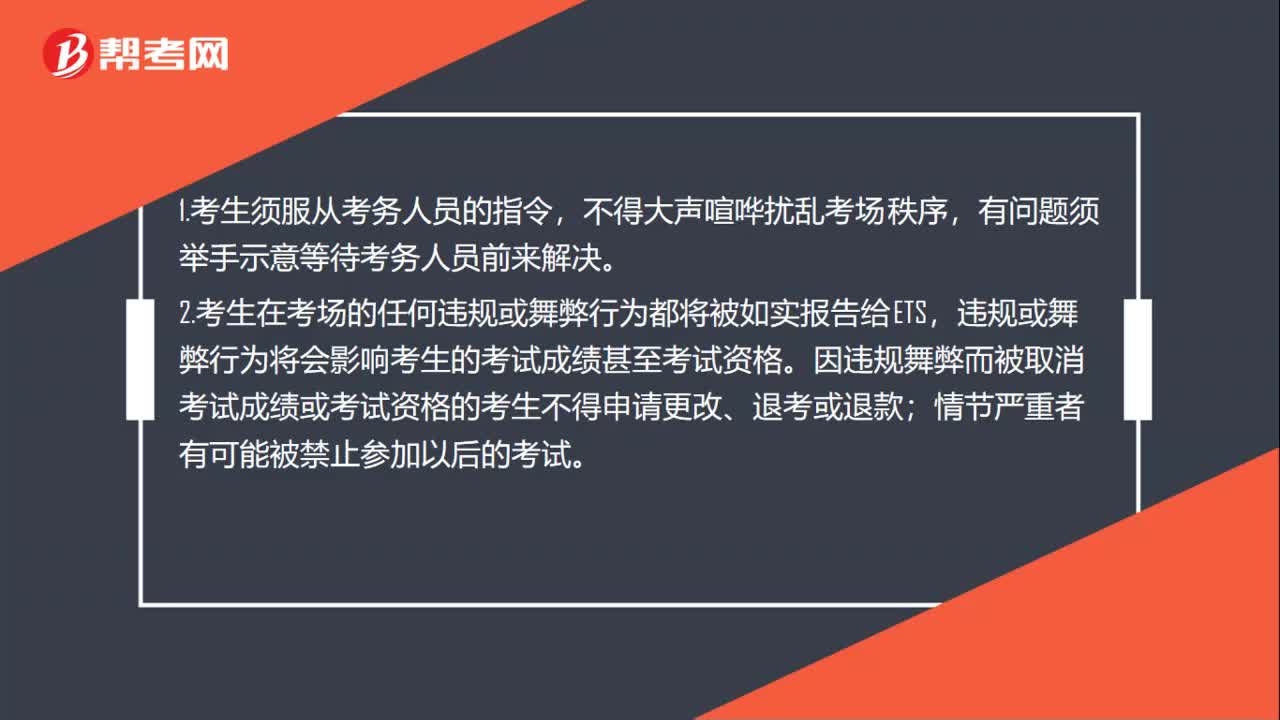
下载亿题库APP
联系电话:400-660-1360

下载亿题库APP
联系电话:400-660-1360

请谨慎保管和记忆你的密码,以免泄露和丢失

请谨慎保管和记忆你的密码,以免泄露和丢失

小伙伴们,今天的你有没有好好复习呢?下面,帮考网为大家准备了一些关于托福考试的习题,供大家练习,希望能够对大家有所帮助。一起来看!
Matching the influx of foreign immigrants into the larger cities of the United States during the late nineteenth century was a domestic migration, from town and farm to city, within the United States. The country had been overwhelmingly rural at the beginning of the century, with less than 5 percent of Americans living in large towns or cities. The proportion of urban population began to grow remarkably after 1840, increasing from 11 percent that year to 28 percent by 1880 and to 46 percent by 1900. A country with only 6 cities boasting a population of more than 8,000 in 1800 had become one with 545 such cities in 1900. Of these, 26 had a population of more than 100,000 including 3 that held more than a million people. Much of the migration producing an urban society came from smaller towns within the United States, but the combination of new immigrants and old American "settlers" on America`s "urban frontier" in the late nineteenth century proved extraordinary.
The growth of cities and the process of industrialization fed on each other. The agricultural revolution stimulated many in the countryside to seek a new life in the city and made it possible for fewer farmers to feed the large concentrations of people needed to provide a workforce for growing numbers of factories. Cities also provided ready and convenient markets for the products of industry, and huge contracts in transportation and construction — as well as the expanded market in consumer goods — allowed continued growth of the urban sector of the overall economy of the Untied States.
Technological developments further stimulated the process of urbanization. One example is the Bessemer converter (an industrial process for manufacturing steel), which provided steel girders for the construction of skyscrapers. The refining of crude oil into kerosene, and later the development of electric lighting as well as of the telephone, brought additional comforts to urban areas that were unavailable to rural Americans and helped attract many of them from the farms into the cities. In every era the lure of the city included a major psychological element for country people: the bustle and social interaction of urban life seemed particularly intriguing to those raised in rural isolation.
1. What aspects of the United States in the nineteenth century does the passage mainly discuss?
(A) Technological developments
(B) The impact of foreign immigrants on cities
(C) Standards of living
(D) The relationship between industrialization and urbanization
2. The word "influx" in line 1 is closest in meaning to
(A) working
(B) processing
(C) arrival
(D) attraction
3. The paragraph preceding the passage most probably discuss
(A) foreign immigration
(B) rural life
(C) the agricultural revolution
(D) famous cities of the twentieth century
4. What proportion of population of the United States was urban in 1900?
(A) Five percent
(B) Eleven percent
(C) Twenty-eight percent
(D) Forty-six percent
5. The word "extraordinary" in line 12 is closet in meaning to
(A) expensive
(B) exceptional
(C) supreme
(D) necessary
6. The phrase "each other" in line 13 refers to
(A) foreign immigrants and domestic migrants
(B) farms and small towns
(C) growth of cities and industrialization
(D) industry and transportation
7. The word "stimulated" in line 14 is closest in meaning to
(A) forced
(B) prepared
(C) limited
(D) motivated
8. Why does the author mention "electric lighting" and "the telephone" in line 23?
(A) They contributed to the agricultural revolution
(B) They are examples of the conveniences of city life
(C) They were developed by the same individual.
(D) They were products of the Bessemer converter.
9. The word "them" in line 25 refers to
(A) urban areas
(B) rural Americans
(C) farms
(D) cities
10. The word "era" in line 25 is closest in meaning to
(A) period of time
(B) location
(C) action
(D) unique situation
11. The word "intriguing" in line 27 is closest in meaning to
(A) profitable
(B) attractive
(C) comfortable
(D) challenging
答案:
DCADB CDBBA B
以上就是本次帮考网和大家分享的全部内容了,好的成绩是坚持不懈的努力得来的,关注帮考网,还有更多有关托福考试的练习等着你哦!最后,帮考网祝各位考生考试顺利通过,取得好成绩!
 22
22托福考试中能否取消考试成绩?:托福考试中能否取消考试成绩?考生可以在考试结束之前选择取消本次成绩,至此考生本人和申请的学校都将无法查询成绩,也不会收到成绩单。考试结束后则不能再取消成绩。
 32
32托福考试如何计分?:托福考试如何计分?托福考试的四个环节,分数由电脑自动生成和人工评分(经过专业培训的权威人士)两部分组成,确保分数的公平及准确性。只有托福考试采用这种多人评分机制,通过不记名方式,由多名接受过严格培训的考官予以评分,过程经过质量监控,达到高标准的公平性与客观性。
 43
43托福考试的考场规则是什么?:托福考试的考场规则是什么?1.考生须服从考务人员的指令,不得大声喧哗扰乱考场秩序,有问题须举手示意等待考务人员前来解决。2.考生在考场的任何违规或舞弊行为都将被如实报告给ETS,违规或舞弊行为将会影响考生的考试成绩甚至考试资格。因违规舞弊而被取消考试成绩或考试资格的考生不得申请更改、退考或退款;情节严重者有可能被禁止参加以后的考试。